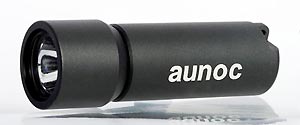- Home
- Directory
- Shop
- Underwater Cameras - Photographic Accessories
- Smartphone Housings
- Sea Scooters
- Hookah Dive Systems
- Underwater Metal Detectors
- Dive Gear
- Dive Accessories
- Diving DVD & Blu-Ray Discs
- Diving Books
- Underwater Drones
- Drones
- Subscriptions - Magazines
- Protective Cases
- Corrective Lenses
- Dive Wear
- Underwater Membership
- Assistive Technology - NDIS
- On Sale
- Underwater Gift Cards
- Underwater Art
- Power Stations
- Underwater Bargain Bin
- Brands
- 10bar
- AOI
- AquaTech
- AxisGo
- Backscatter Underwater Video and Photo
- BLU3
- Cayago
- Chasing
- Cinebags
- Digipower
- DJI
- Dyron
- Edge Smart Drive
- Eneloop
- Energizer
- Exotech Innovations
- Fantasea
- Fotocore
- Garmin
- Geneinno
- GoPro
- Hagul
- Hydro Sapiens
- Hydrotac
- Ikelite
- Indigo Industries
- Inon
- Insta360
- Intova
- Isotta Housings
- Jobe
- JOBY
- Kraken Sports
- LEFEET
- Mirage Dive
- Nautica Seascooters
- Nautilus Lifeline
- NautiSmart
- Nitecore
- Nokta Makro
- Oceanic
- Olympus
- OM System
- Orca Torch
- Paralenz
- PowerDive
- QYSEA
- Scubajet
- Scubalamp
- Sea & Sea
- SeaDoo Seascooter
- SeaLife
- Seavu
- Shark Shield
- Sherwood Scuba
- Spare Air
- StickTite
- Sublue
- Suunto
- SwellPro
- T-HOUSING
- Tusa
- U.N Photographics
- Venture Heat
- XTAR
- Yamaha Seascooter
- Youcan Robot
Sydney, Above and Below
Contributed by Scuba Diver Australasia
 By
Jayne Jenkins with David Strike
By
Jayne Jenkins with David Strike
Sydney is, in my view, Australia's most breathtaking city. Flying over the harbour is always a great sight when returning home from a trip. What other city has such a stunning harbour with two famous landmarks - the Sydney Harbour Bridge and the Sydney Opera House? Built around the shores of one of the world's most scenic harbours and with more than seventy kilometres of magnificent Pacific coastline and glorious beaches, Sydney offers an outstanding variety of above and underwater attractions; and all of them just minutes away from the commercial heart of Australia's largest and busiest city.
Below the water
Now a major stop-over for travellers following the back-packer trail around Asia and the Pacific, Sydney is stepping out from under the shadow of destinations like the Great Barrier Reef to offer a range of diving unmatched elsewhere in the region.
Shore Diving
The more popular sites include Shelly Beach and Fairlight in the northern beaches. Camp Cove and Gordon's Bay are on the eastern harbour foreshores. Bare Island- a small island on the northern foreshore of Botany Bay - and Shiprock, in Port Hacking.
Shelly Beach occupies a scenic corner of Manly's ocean beachfront. A horse-shoe shaped cove surrounded by flame-trees, tea-trees, wattles and gums, the white sandy beach and natural reef of tumbled boulders and rocks descending to a maximum depth of 14 metres have made this one of Sydney's premier shore diving sites. The marine life includes regular sightings of the harmless Wobbegong sharks, Port Jackson Sharks, Cat and Angel Sharks, the occasional Grey Nurse Shark and turtles, fiddler rays, huge Eastern Blue Gropers that allow themselves to be petted by divers, wrasse, painted shrimps, octopus, giant cuttlefish, squid, lionfish, gobies, blennies, bright blue damsel fish, huge schools of pomfrets and sleek sea-pike. It's also a place where, among scattered beds of kelp, known to local divers as, 'Dragon Patches', that the Common Seadragon, (one of Australia's most unique creatures), is to be found. This fragile creature grows to a maximum size of about 40 centimeters in length, the leaf like appendages on the Seadragon's head and body provide excellent camouflage that blends in with the kelp.
Shiprock, located near Dolan's Bay at Lilli Pilli, is a marine reserve with excellent diving for novices through to advanced divers. Shiprock is extremely tidal, and you can only dive it safely on a slack tide - about 20 minutes either side of high or low tide. Generally, high tide is suggested, as visibility is best at this time. The key feature of this site is the bubble cave, a small crevice that two divers can surface into at about 12m, and actually talk to each other. Apart from the bubble cave marine life here is wonderful, with some of the largest ranges of anemones and soft corals found around Sydney. There is also lots of small stuff - angler fish, nudibranchs and sand eels.
Bare Island is one of the most scenic shore dives. It can be dived in most conditions but is spectacular on a calm day. The walk is well worth it. Red Indian fish, blue gropers, Port Jackson and wobbegong sharks, sea horses, weedy sea dragons and sponge gardens with so much colour and life. The area is just a mass of colourful underwater gardens. After the dive, explore the history La Perouse has to offer.
Boat Diving
 Almost
all of the dive facilities either own, or have on permanent charter, a dedicated
dive boat - usually about 7-metres in length - capable of carrying anywhere
between six to twelve divers, plus skipper and a Dive master, who will also
act as an underwater guide if required. With the time taken to reach most of
the popular reef and wreck dive sites usually less than thirty-minutes - and
more often ten-minutes - away from land, the surface interval for those carrying
out multiple dives can be comfortably spent aboard or back on shore.
Almost
all of the dive facilities either own, or have on permanent charter, a dedicated
dive boat - usually about 7-metres in length - capable of carrying anywhere
between six to twelve divers, plus skipper and a Dive master, who will also
act as an underwater guide if required. With the time taken to reach most of
the popular reef and wreck dive sites usually less than thirty-minutes - and
more often ten-minutes - away from land, the surface interval for those carrying
out multiple dives can be comfortably spent aboard or back on shore.
Apart from the skeletal remains of shallow wrecks that mainly lie around the approaches to - and in - Sydney Harbour, there are spectacular sponge gardens; sandstone reefs covered with soft corals and ascidians; overhangs where giant cuttlefish are frequently found; walls festooned with sea-tulips. Although these areas teem with vast schools of yellowtail, roughies and larger pelagics like kingfish, mackerel and bonito, a major excitement for boat divers during the winter months (June - July), are the sightings of humpback whales. Making their annual migratory passage northwards these huge creatures will often swim right into the Harbour. Although a punishable offence for boat traffic and divers to approach them they will often appear unexpectedly alongside a vessel.
' The Apartments'
About a ten minutes boat ride from Long Reef there are huge rocks and boulders
that lean into the reef at a depth of 22-metres. There are large swim-throughs
whose vaulted ceilings and sides are hidden by masses of small, flower-like,
yellow commensal zoanthids. Port Jackson sharks, wobbegong sharks, blue gropers,
giant cuttle fish, eastern blue devil fish and much more are in this area. This
dive site has more concentrated fish life than any other site that I know of.
My last dive there we encountered a dolphin in the water hurding schools of
small of fish. We also had the pod of dolphins following us during the boat
ride home This an area when in season you can be lucky and encounter whale sightings
during the boat rides.
Magic Point.
This dive site is at the Southern end of Maroubra Beach and there are various
boat pick up areas.The depth is about 8-17 metres so it is a dive for all levels
of divers. There is a large amphitheatre with an overhang that goes back under
the cliff. This is where the Grey Nurse Sharks cruise by. They generally cruise
back and forth past the overhang and there were about 8-10 medium sharks who
did not seem to mind my presence. You can quite often find shark teeth in this
area if you look amongst the sand. Just in front of the amphitheatre are clumps
of kelp and if you look carefully you can find Weedy Sea Dragons here. There
are also Eastern Blue Devil fish along the face of the overhang. It is a great
area to get up close and personal with Grey Nurse sharks in their natural habitat.
 Wrecks
Wrecks
As the oldest settled city in Australia, the Sydney coastline and waterways
are littered with wrecks of every description; some the result of maritime misfortune
and others that have been purposely scuttled. In Sydney Harbour alone there
are more than twenty-five known wrecks in water depths that range between 8
and 29-metres. Offshore there are an even greater number. Although many of these
vessels lie in water depths only accessible to experienced divers, others are
in shallower waters just metres from shore. Because of their attraction most
of the dive operators include one or other of the better-known wrecks in their
regular boat dive schedules.
" Coolooli" , my personal favourite is one of the largest wrecks scuttled
off Long Reef is an old bucket dredge. She now lies on her side on a sand bed
in 48 metres off long reef. This dive has something for everyone and begins
at 36 metres. The wrecks superstructure is intact and it is possible to penetrate
various areas. For the more adventurous - you can swim through the funnel and
come out through a hole in its side. The buckets are still there and are covered
with fish and anemones. Other areas to explore are the bridge but do not forget
the fish life; Red Morwong, Sergeant Baker, trevally, sometimes if you're lucky
huge Jewfish and giant cuttlefish.
Photos
Port Jackson Shark by Chris Miller
Boat under water by Phill Hawley
Cuttlefish by Aengus Moran
This article was originally published in Scubadiver Australasia
Shopfront
-
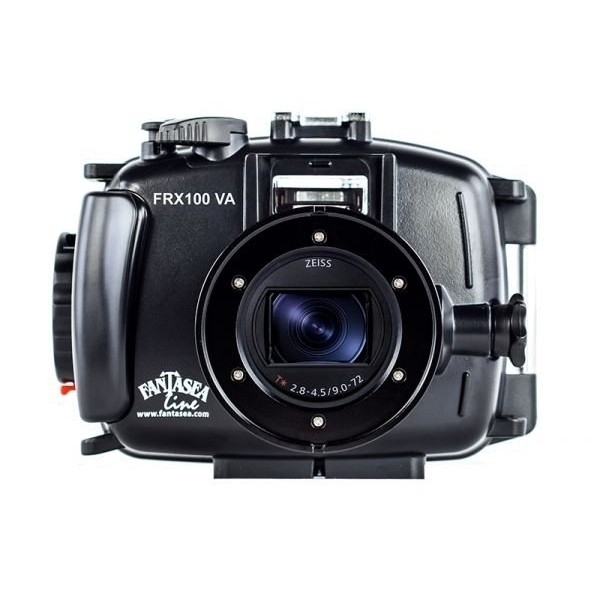 Fantasea FRX100 VA R Housing for Sony RX100 III / IV / V / VA - with optional vacuum system
Fantasea FRX100 VA R Housing for Sony RX100 III / IV / V / VA - with optional vacuum system
- Price A$ 799.00
-
 OM System TG-7 Waterproof Tough Camera - Olympus
OM System TG-7 Waterproof Tough Camera - Olympus
- Price A$ 699.00
-
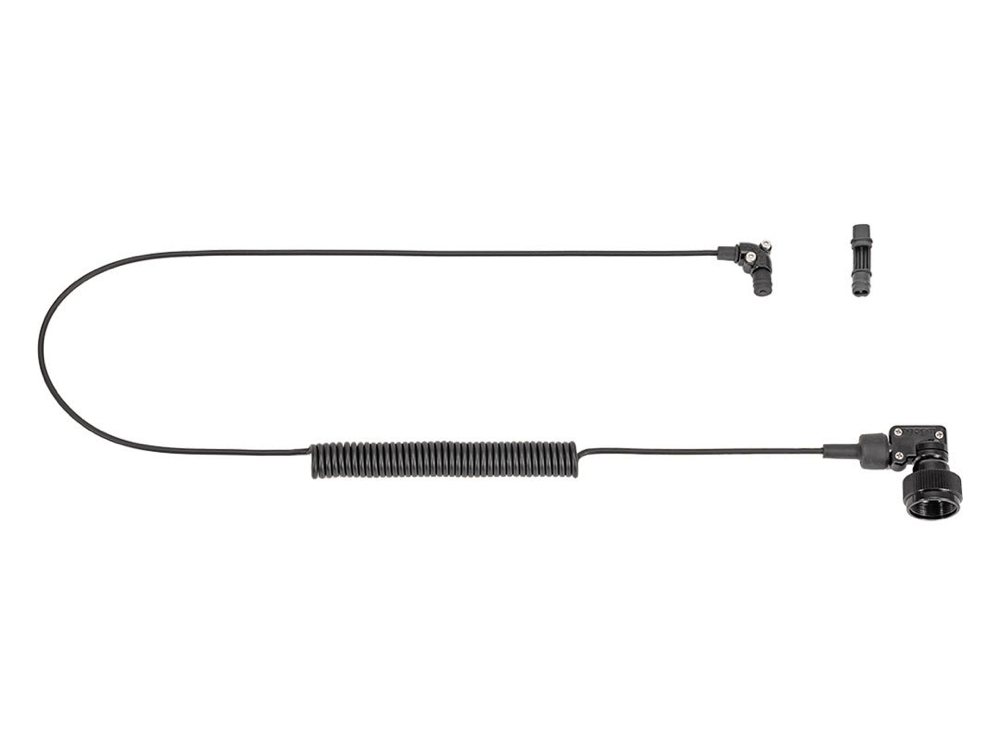 Inon Optical D Cable L Type L Rubber Bush Set 2
Inon Optical D Cable L Type L Rubber Bush Set 2
- Price A$ 139.00
-
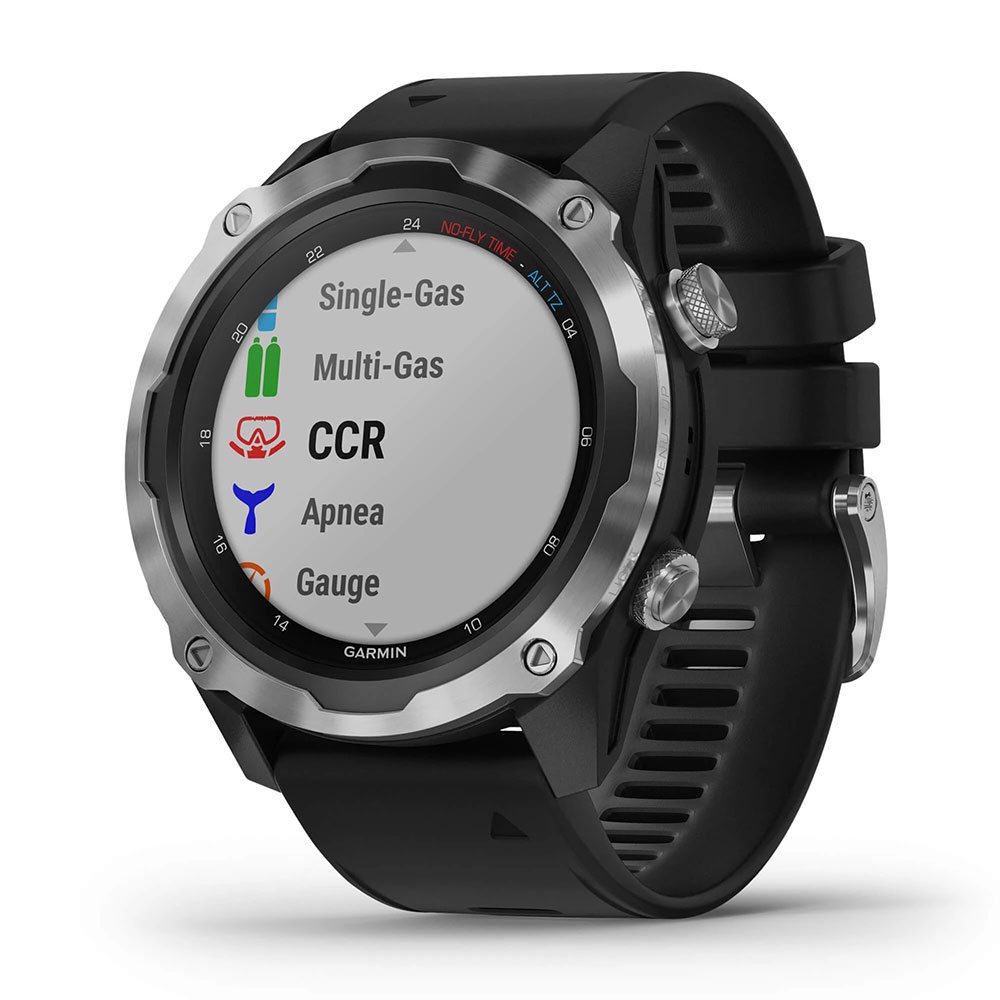 Garmin Descent Mk2 Watch Dive Computer - Stainless Steel - Black Band
Garmin Descent Mk2 Watch Dive Computer - Stainless Steel - Black Band
- Price A$ 2,039.00
-
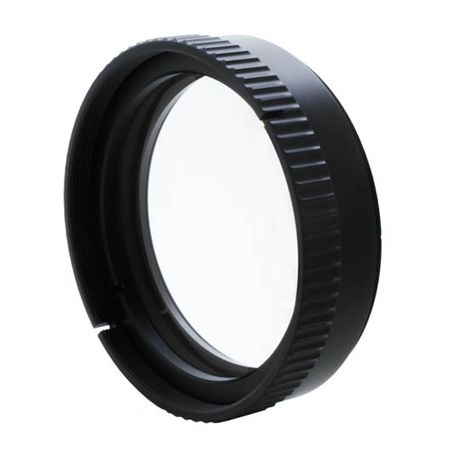 DYRON Macro lens UCL67II
DYRON Macro lens UCL67II
- Price A$ 199.00
-
 Fotocore M15 Photo Video Light - 15,000 lumens
Fotocore M15 Photo Video Light - 15,000 lumens
- Price A$ 1,399.00
In the Directory




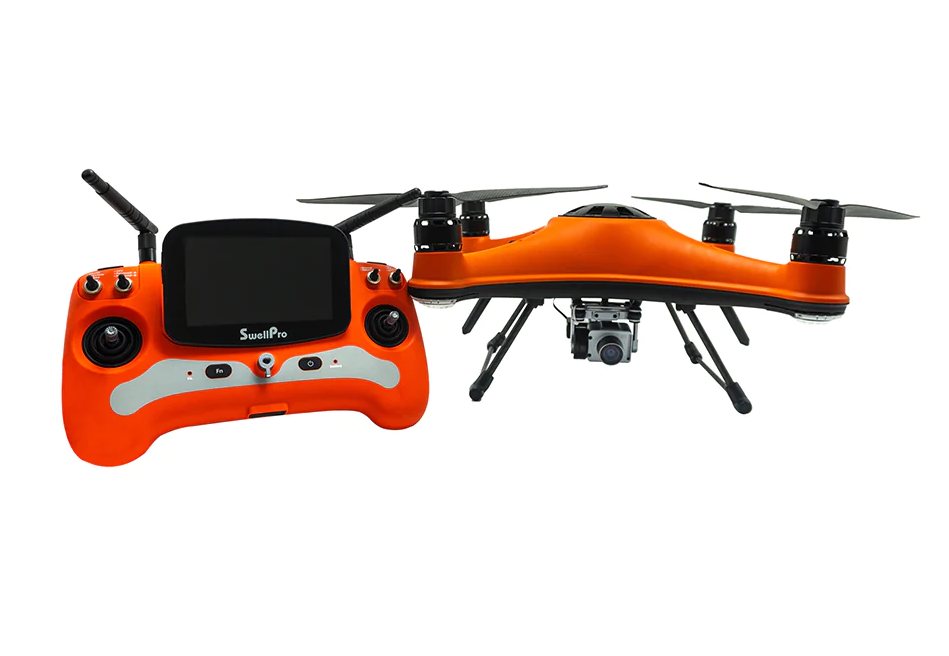
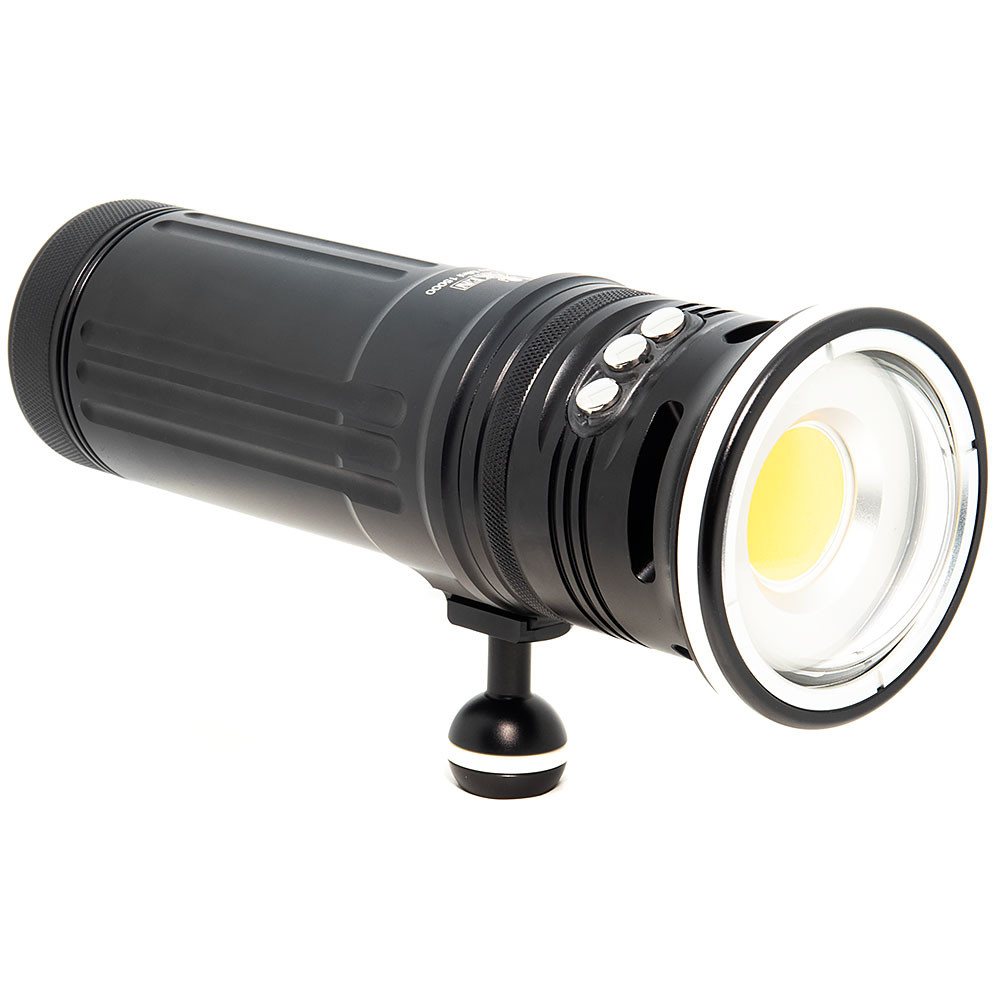
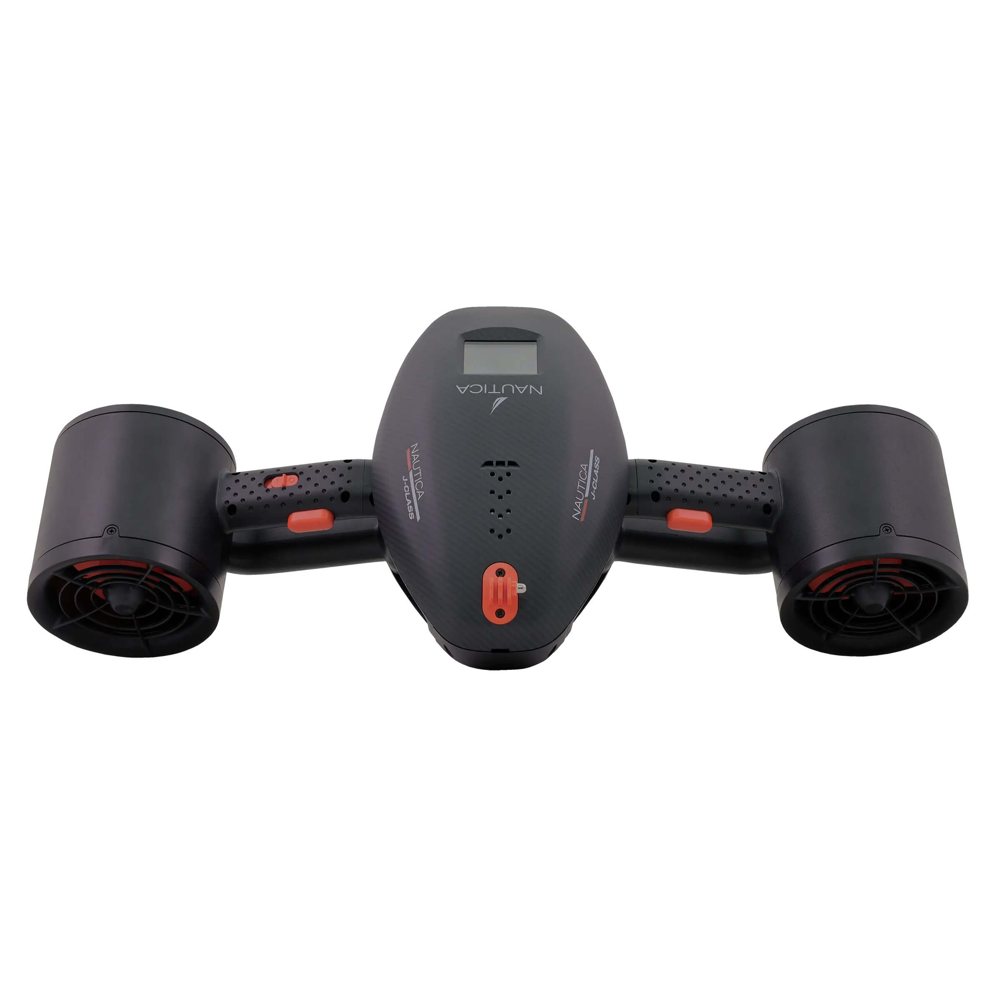

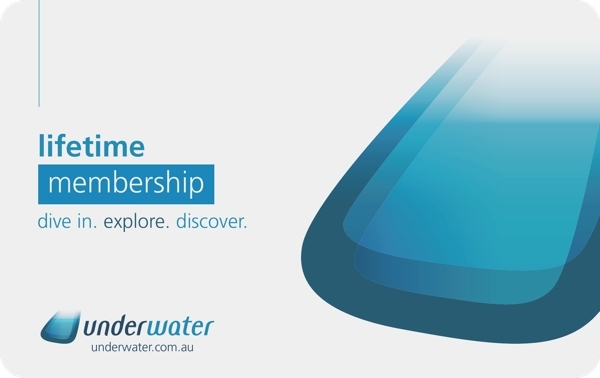
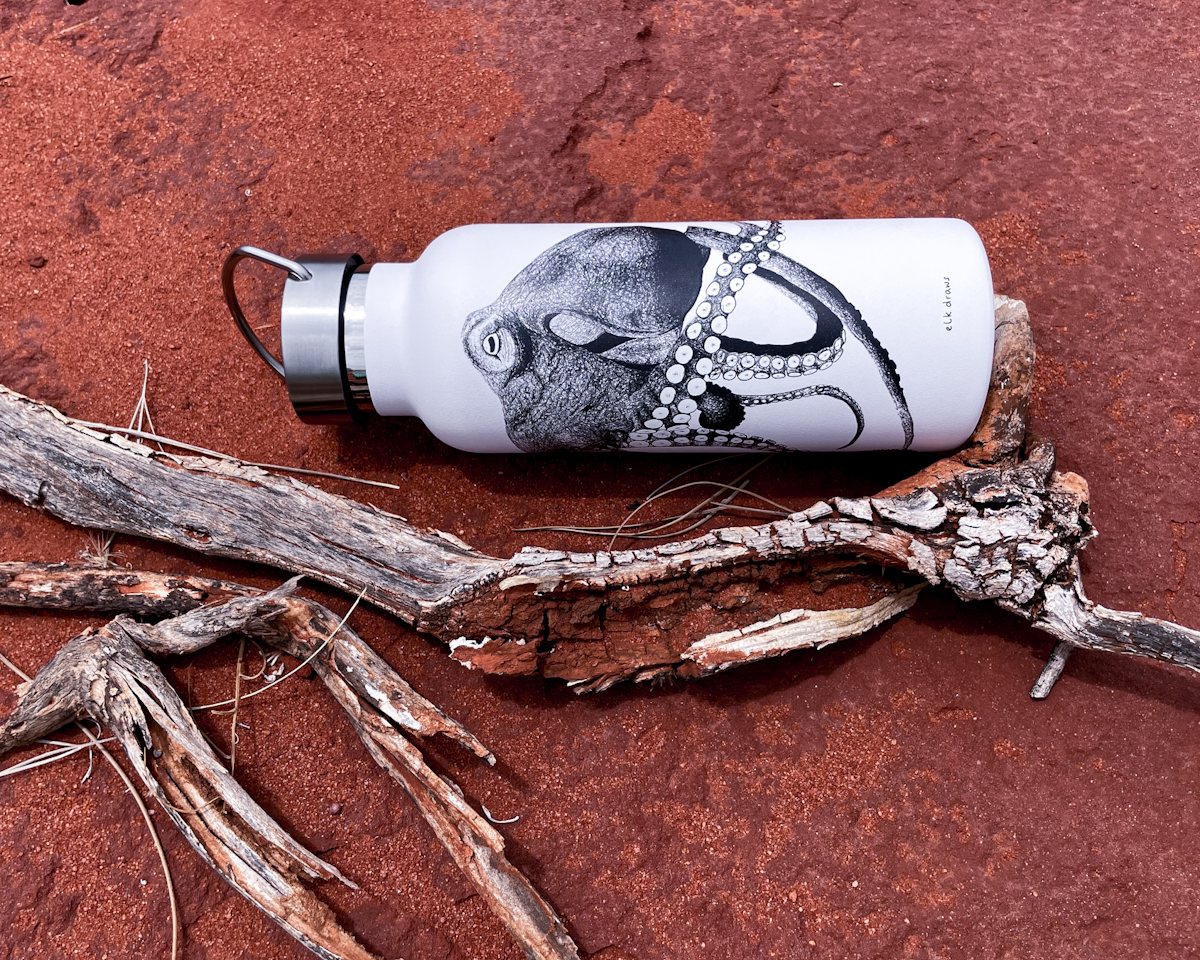
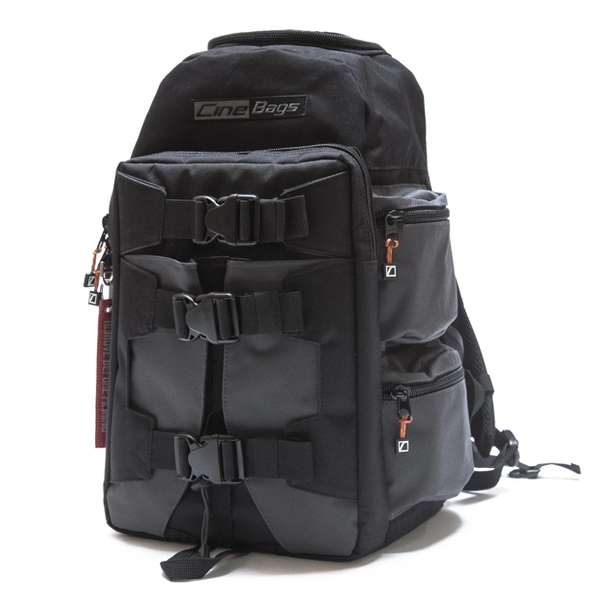



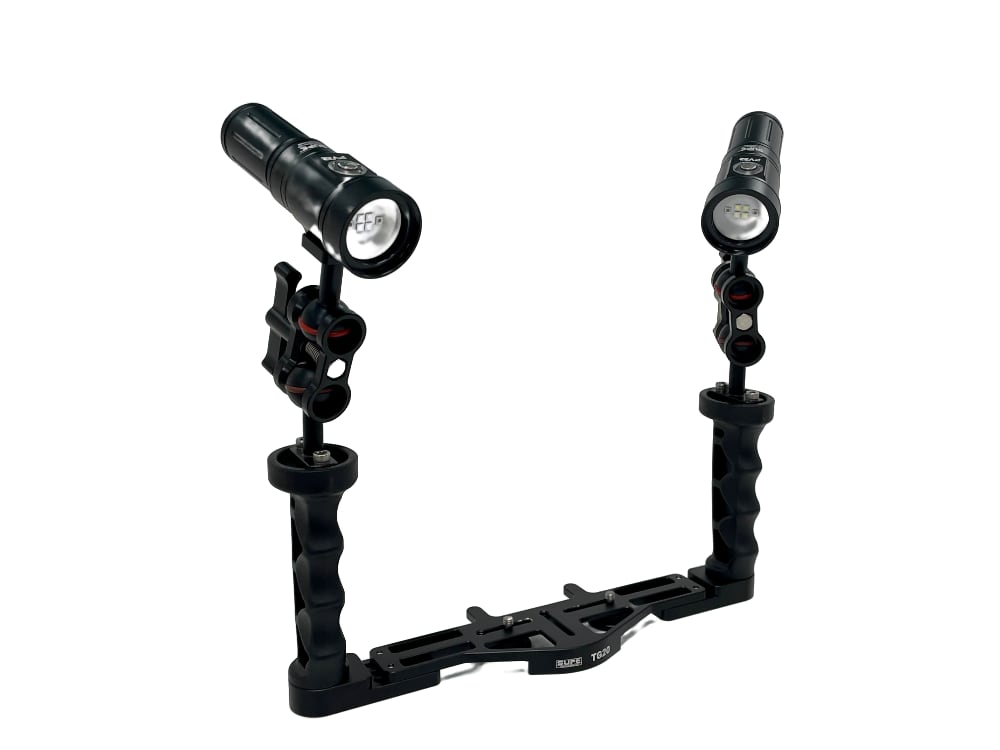 Video Light Package with tray and arms - 4000 lumens - Scubalamp PV22 x 2
Video Light Package with tray and arms - 4000 lumens - Scubalamp PV22 x 2 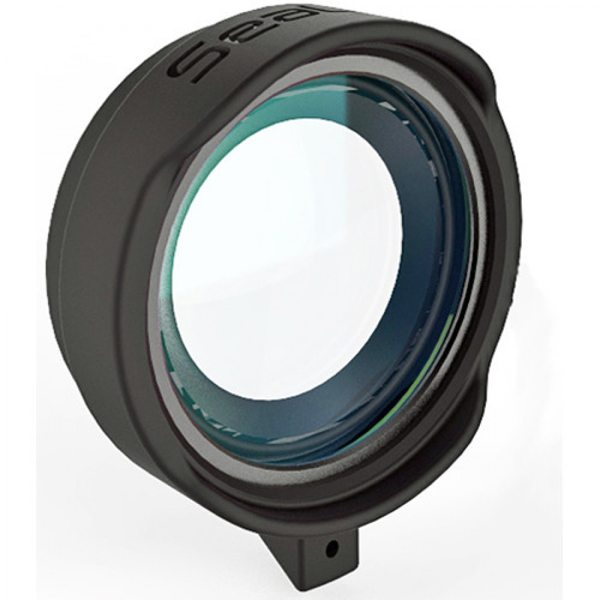 Sealife Super Macro Close-Up Lens for Micro HD / 2.0 / 3.0 and RM4K
Sealife Super Macro Close-Up Lens for Micro HD / 2.0 / 3.0 and RM4K 



